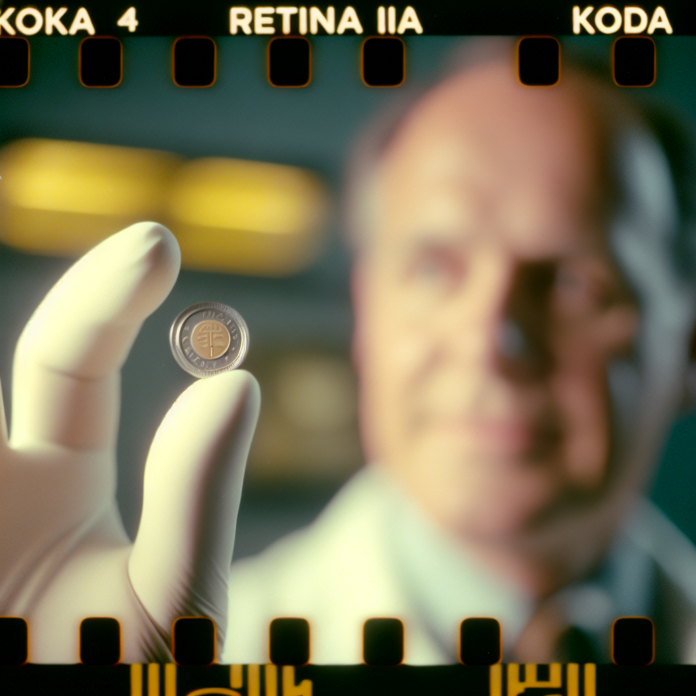China’s Revolutionary Nuclear Battery Could Power Devices for 50 Years
Unveiling a Game-Changer in Clean, Long-Lasting Energy
In a move that could redefine energy consumption for personal and remote-use electronics, Chinese scientists have announced the development of a nuclear battery capable of delivering uninterrupted energy for up to 50 years. This breakthrough, reported by Popular Mechanics, positions China at the forefront of cutting-edge energy innovation. The battery is fueled by the radioactive decay of nickel-63, a relatively stable isotope that ensures safe, compact, and highly efficient energy output over an unprecedented timespan.
What Is a Nuclear Battery and How Does It Work?
Understanding Radioisotope Thermoelectric Generators (RTGs)
Nuclear batteries, also known as Radioisotope Thermoelectric Generators (RTGs), are not a brand-new concept. They’ve historically been used in critical applications like space exploration, where solar power is unreliable. RTGs work by converting heat released from radioactive decay into electricity using thermoelectric materials.
The newly developed Chinese nuclear battery incorporates nickel-63 as its radioactive core material. This isotope emits beta particles, a low-energy form of radiation, which can be safely harnessed and converted into usable energy with semiconductor materials. Unlike conventional RTGs that use plutonium or cesium, nickel-63 offers lower radiation risks and allows a more compact design suitable for consumer devices and high-precision instruments.
The Science of Longevity
Nickel-63 boasts a half-life of approximately 100 years, making it ideal for long-term applications. The Chinese research team’s prototype can power low-energy electronics continuously for decades without the need for recharging or replacement. Once commercialized, these batteries could potentially eliminate the need for routine battery swaps or the environmental impact of battery waste.
Applications: Where This Technology Can Be Used
Medical Devices and Implants
One of the most promising applications for this advanced nuclear battery is in the field of medical technology. Devices such as pacemakers, insulin pumps, and cochlear implants often face challenges related to battery life and surgical replacement. A power source that lasts 50 years would eliminate the need for repeated medical interventions, significantly improving patient quality of life and reducing healthcare costs.
Remote Sensing, Space Missions, and Surveillance
In environments that are difficult to reach, such as satellites, deep-sea exploration equipment, and remote monitoring sensors, a battery that does not require maintenance is invaluable. China’s nuclear battery is lightweight, compact, and highly durable—three critical features that make it a strong candidate for government, military, and aerospace applications.
Consumer Electronics of the Future
While wide-scale consumer adoption may be a few years away due to regulatory hurdles, the potential is monumental. Imagine smartphones, smartwatches, or even electric vehicles that never need to be charged. The shift toward nuclear battery-powered gadgets could usher in an entirely new era of convenience and performance in personal technology.
Safety and Regulatory Considerations
Minimal Radiation Risks
Despite the term “nuclear” often evoking concerns about radiation and safety, the use of nickel-63 drastically minimizes these risks. Nickel-63 emits beta particles that do not penetrate the skin, and the battery itself is encased in protective materials that block any external radiation. According to the researchers, the emitted radiation is far below international safety standards, making it suitable for use in consumer products and medical devices.
Global Standards and Implications
Before mass commercialization, China’s nuclear batteries must go through rigorous safety checks and obtain international approvals. Regulatory agencies such as the International Atomic Energy Agency (IAEA) and national radiation control boards will need to assess the batteries for content, encasing durability, and end-of-life disposal mechanisms. Given the eco-friendly potential of these batteries, particularly in reducing chemical waste, regulators may be more receptive with thorough certification processes in place.
How This Technology Compares to Traditional Power Sources
Vs. Lithium-Ion Batteries
Lithium-ion batteries have become the de facto standard for portable electronics. However, they degrade over time, require regular recharging, and involve environmentally damaging extraction and disposal practices. The nuclear battery, in contrast, requires no maintenance, has a lifespan 10-20 times longer, and generates a smaller ecological footprint.
Vs. Solar and Wind Energy
While solar and wind energy are vital to the transition to clean power, they rely on environmental conditions. Nuclear batteries provide consistent energy output regardless of weather, sunlight, or temperature. This makes them an ideal complement in hybrid systems, ensuring reliability in critical deployments.
Challenges Ahead
Production Costs and Scale
Currently, producing nickel-63 is expensive and logistically complex. It has to be synthesized in specialized nuclear reactors, and the efficient conversion mechanism from beta particles to electricity remains an area of active research. Scaling up to industrial-level production without compromising safety or increasing costs will be a monumental challenge.
Public Perception
Public resistance to anything labeled “nuclear” persists due to associations with radiation accidents and nuclear weapons. For this battery to achieve widespread adoption, developers and regulators must engage in transparent communication and education about its properties, safety profiles, and advantages.
A Look Into the Future
This innovation positions China as a formidable player in future energy markets. As the world increasingly seeks sustainable and efficient energy solutions, a battery that can run for 50 years without charging addresses multiple pain points—from ecological concerns and healthcare logistics to space exploration and national security.
Once cost, regulation, and public perception barriers are overcome, this nuclear battery could power a new generation of technology—devices that require little to no maintenance while delivering high-performance functionality. It marks a shift in how we understand and interact with energy, potentially making battery replacements and charging cables a relic of the past.
Conclusion
The development of a 50-year nuclear battery by Chinese scientists is a landmark achievement in the field of sustainable energy. With its promise of long-lasting, maintenance-free power, this innovation could revolutionize industries ranging from healthcare and aerospace to consumer electronics and climate monitoring. As the technology matures and regulatory frameworks evolve, we may soon witness a future where our devices outlive the very concept of “charging.”
Stay updated with more energy innovations and scientific breakthroughs by following our blog.


